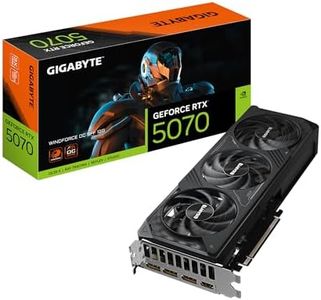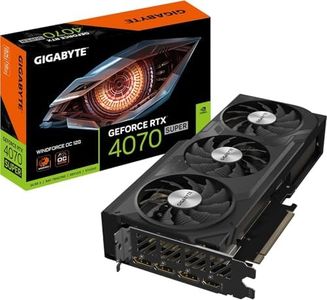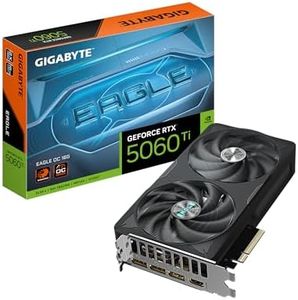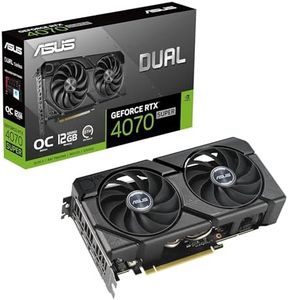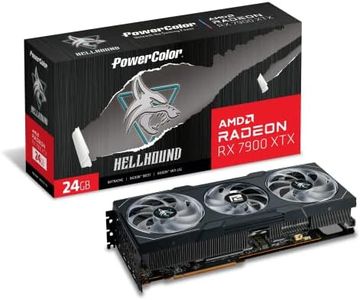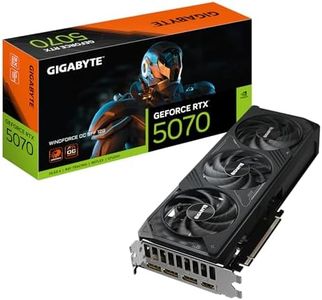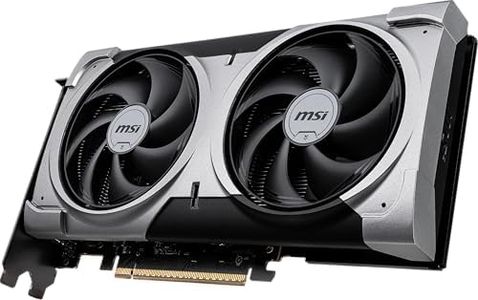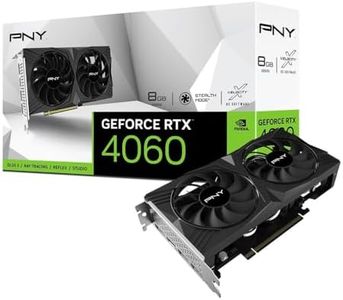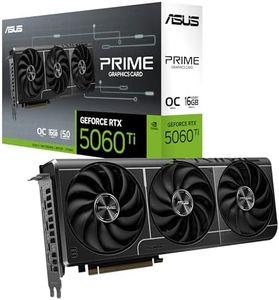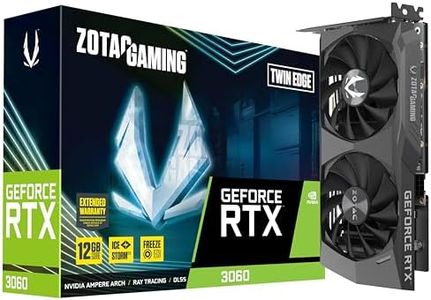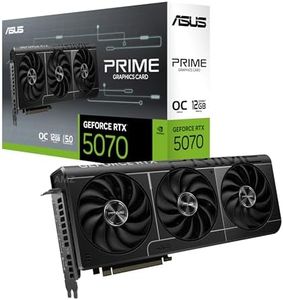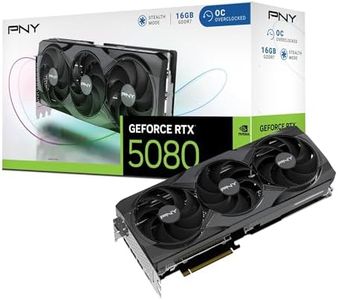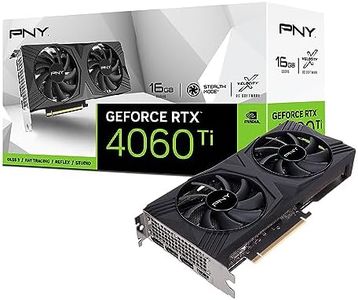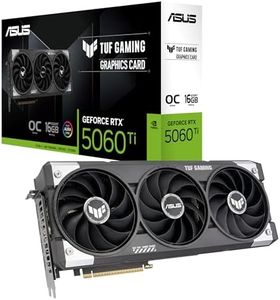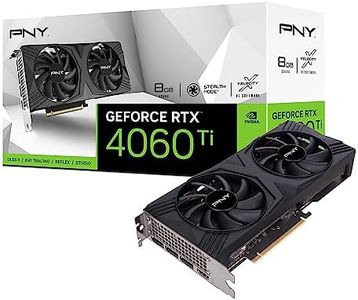We Use CookiesWe use cookies to enhance the security, performance,
functionality and for analytical and promotional activities. By continuing to browse this site you
are agreeing to our privacy policy
10 Best Graphics Cards
From leading brands and best sellers available on the web.By clicking on a link to a third party's website, log data is shared with that third party.
Buying Guide for the Best Graphics Cards
Choosing a graphics card can seem overwhelming, but the process becomes much easier when you understand your needs and how different specs affect performance. Think about what you want to use the card for—gaming, creative work like video editing, or just smoother visuals in everyday activities. Also, ensure your system is compatible with the graphics card you choose. By focusing on a few key specifications, you can narrow down your options and make a choice that fits your requirements.GPU Memory (VRAM)GPU memory, or VRAM, is the amount of onboard memory the graphics card has to store textures, graphics, and other data while rendering images. More VRAM allows for better performance in high-resolution gaming and creative tasks like video or 3D work. Cards can have anywhere from 2GB to 24GB or more of VRAM. If you're mainly browsing or watching videos, a card with 2-4GB should be enough. For modern gaming at 1080p, 6-8GB is a comfortable range, while 4K gaming or professional workloads benefit from 10GB or more. Think about the programs and games you want to use and pick a card with enough VRAM to handle them smoothly.
GPU Core Clock SpeedCore clock speed measures how fast the graphics card's processor runs, usually given in megahertz or gigahertz. Higher speeds mean the card can process graphics information more quickly. Typical clock speeds range from around 1,000 MHz to over 2,500 MHz. However, clock speed alone doesn't guarantee better performance—it should be considered alongside other specs. For average users and casual gamers, a modest speed usually suffices. Performance enthusiasts or competitive gamers should look for higher clock speeds, but only if they're matched with sufficient VRAM and a powerful GPU chip.
CUDA Cores / Stream ProcessorsThese are the tiny processors inside the GPU that do the parallel heavy-lifting necessary for rendering graphics. NVIDIA cards use CUDA cores; AMD calls theirs stream processors. Generally, more cores mean the card can handle more tasks at once, leading to smoother performance. Entry-level cards may have several hundred, while high-end cards have several thousand. For basic needs, a smaller number is fine, but gamers or creative professionals should look for higher counts to support complex graphics and demanding software.
Power Consumption (Wattage)Every graphics card requires a certain amount of power, measured in watts, to operate. It's important because you'll need a power supply in your computer that can handle the card's needs. Lower-end cards often use 75-150W, while high-performance models can use 250W or more. If your PC case is smaller or has limited airflow, a card with lower wattage might be best. For users upgrading or building a new system, always check the power requirements to ensure a stable and safe setup.
Physical Size (Length, Width, Thickness)Graphics cards come in various sizes, which can affect whether they fit inside your computer case. Length and thickness matter especially in smaller cases or compact setups. Some cards are slim and short (great for small form factors), while others are long and thick, sometimes occupying two or three expansion slots. Always check your available space before purchasing and pick a card size that fits comfortably in your case.
Display OutputsGraphics cards offer different types and numbers of outputs, like HDMI, DisplayPort, or DVI, which connect to your monitor. Some have multiple outputs to support several monitors. If your monitor only has HDMI, then you'll need a card with HDMI ports; for multiple monitors, make sure there are enough suitable outputs. Match the outputs to your display setup to ensure easy connectivity.
Cooling SolutionCooling solutions are critical for keeping your graphics card running efficiently and quietly. Some cards use single fans, while others use multiple fans or even liquid cooling. Simpler cooling is usually quieter and smaller but may not handle heat as well under heavy loads. High-performance or overclocked cards may need robust cooling. Consider how much noise you can tolerate and whether your case has good airflow when choosing the cooling style.
